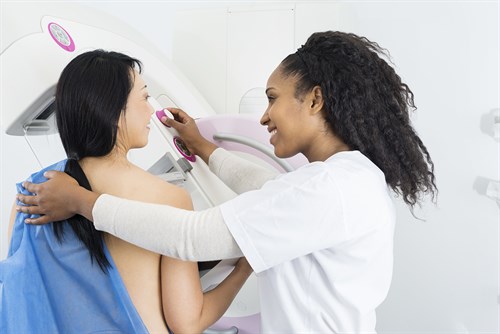Comparison of Cancer Detected by Ultrasound and 3D Mammography
An abstract presented at the American Roentgen Ray Society meeting on May 2, 2017 in New Orleans by Dr. Stamatia Destounis.
Researchers at Elizabeth Wende Breast Care in Rochester, New York, conducted a two-and-a-half year study of 7,146 women screened with digital breast tomosynthesis (aka DBT, 3D mammography) followed by ultrasound (sonogram). Led by Dr. Stamatia Destounis, the study was performed in patients with heterogeneously or extremely dense breasts. This retrospective review compared cancer detection, type of cancer diagnosed, tumor size and lymph node status in cancers detected by technologist performed ultrasound and DBT in women with dense breasts. There were 39 cancers (30 invasive) found, though not at the same rate.
The additional screening tests found a total of 39 breast cancers:
- 4 were detected only by DBT (all calcifications, 1 invasive, lesion size 1.5 cm)
- 17 were detected only by ultrasound (13 invasive, average lesion size 1.3 cm, 2 node positive)
- 18 were detected by both DBT and ultrasound (16 invasive, average lesion size 1.5 cm, 1 node positive)
The four DBT-only detected cancers were seen as calcifications, which demonstrates a limitation of ultrasound. Ultrasound detected all but one invasive carcinoma in the group. Minor differences in lesion size were observed, with smaller average size in the ultrasound only group. Ultrasound overall performed better at identifying cancers in this group.

